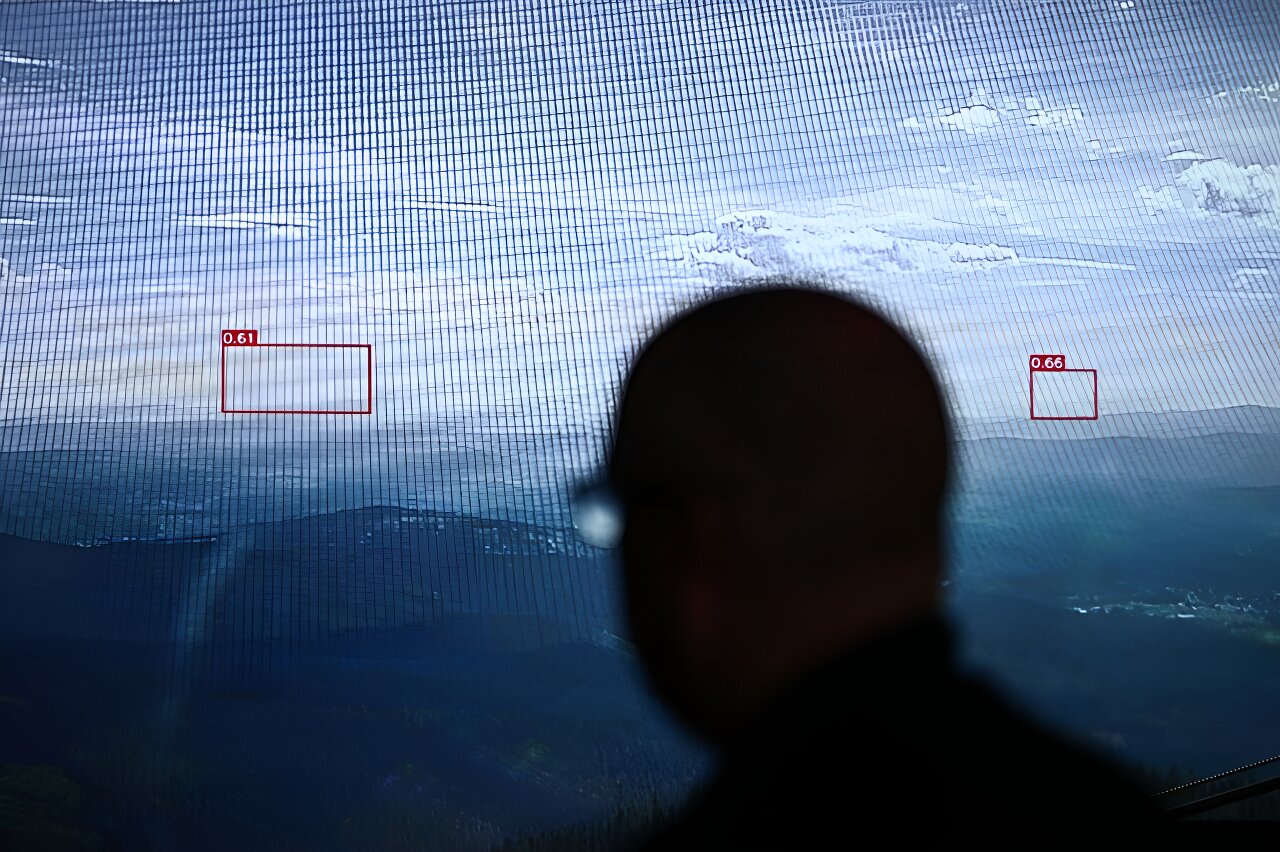### Summary
California officials are exploring different methods to prevent wildfires, including artificial intelligence and goats.
### Facts
- 🌡️ A summer heat wave in California is increasing the risk of wildfires.
- 🤖 California officials are considering using artificial intelligence to predict and prevent wildfires.
- 🐐 Goats are also being considered as a method to prevent wildfires.
(Note: The AI and goat methods are not explained in further detail in the given text.)
Berlin-based startup Dryad Networks is using AI and IoT technologies to detect wildfires in their early stages, aiming to reduce response times for firefighters and prevent the spread of fires; the company has developed a network of solar-powered sensors that detect smouldering fires by sensing gases and environmental conditions, which then send alerts to firefighters via a cloud platform.
Researchers at Aalto University have developed an AI model, called FireCNN, that uses a convolutional neural network to predict effective strategies for preventing wildfires, potentially reducing up to 76% of wildfires.
Artificial intelligence can help minimize the damage caused by cyberattacks on critical infrastructure, such as the recent Colonial Pipeline shutdown, by identifying potential issues and notifying humans to take action, according to an expert.
Greece is collaborating with Israel on developing artificial intelligence technology to detect wildfires early, and Israel may join the EU for civil protection initiatives, according to Greek Prime Minister Kyriakos Mitsotakis. The leaders also discussed using AI systems for early detection and explored plans for a pipeline to export natural gas, as well as an undersea electricity cable to connect the power grids of Israel, Cyprus, and mainland Greece.
The Washington Department of Natural Resources is partnering with T-Mobile and Pano AI to install a network of cameras equipped with artificial intelligence to detect wildfires in remote areas, improving response time and alerting nearby communities.
Danish start-up Robotto has developed a drone that uses artificial intelligence to track and monitor wildfires in real-time, providing firefighters with up-to-date information to make informed decisions and allocate resources effectively. The technology has already been tested by Catalonia's wildfire fighting unit and is also being used for other applications such as monitoring wildlife and preventing poaching.
AI-powered tools developed by AltaML are helping duty officers in Alberta Wildfire, Canada's forest firefighting agency, make better decisions regarding the positioning of resources to combat wildfires. The tools analyze data points and use machine learning to predict the likelihood of new fires, optimizing resource allocation and saving costs. The models have been successful in accurately predicting wildfire occurrences 80% of the time. This technology aims to improve cost efficiency and ensure resources are in the right place at the right time to respond to fires.
AI-enabled cameras and satellites are being used to detect and predict wildfires, helping to reduce response times and allocate firefighting resources more effectively in the face of increasing wildfire intensity caused by climate change.
Queen Creek Police Department in Arizona will be the first in the state to use artificial intelligence (AI) software to review police body cam footage, aiming to reduce use of force and promote de-escalation by analyzing officer interactions and creating report cards for each officer. AI technology, such as Truleo, has shown promise in lowering use-of-force incidents in other departments, although further independent studies are needed to assess the potential costs and outcomes.
Artificial intelligence technology is being used to monitor and conserve species in rainforests, offering hope for the survival of declining species impacted by global warming, deforestation, and development. The AI platform Arbimom analyzes audio recordings collected from rainforests, allowing for faster and more efficient analysis of species behavior, habitat changes, and threats.
Austin City Council has approved a contract between an artificial intelligence company, Pano AI, and Austin Energy to use high-definition cameras and AI technology to detect wildfire smoke and expedite fire response in Texas.
